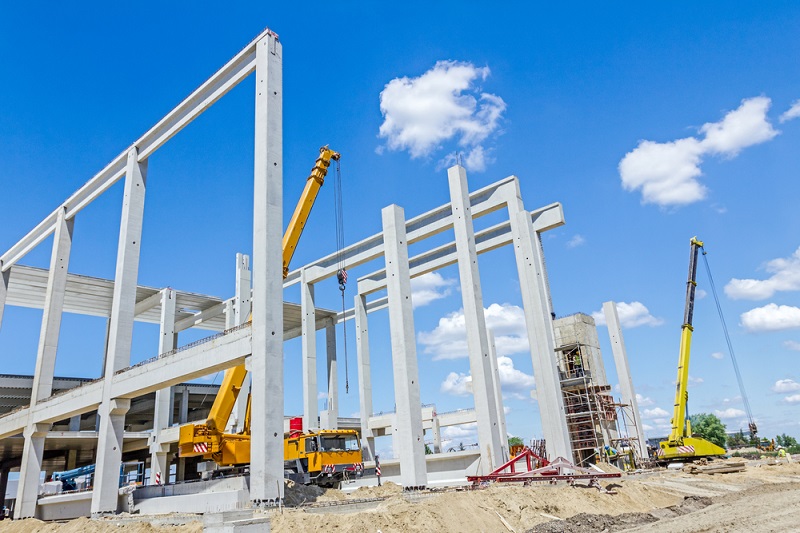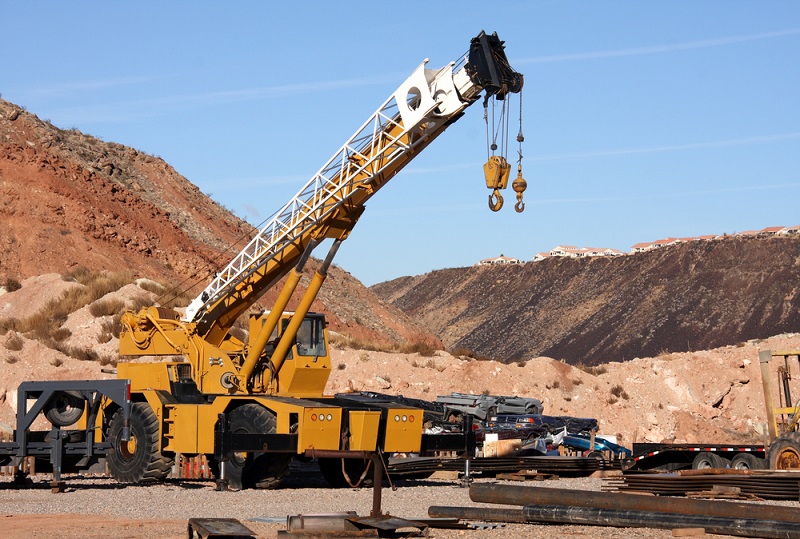Rigging cranes are used for lifting heavy loads with the help of mechanical means. The suspended loads need to be moved vertically and horizontally, with the help of different load-handling devices such as chains, rails, hooks, wires, and more. While rigging cranes are a critical part of any construction, industry, or shipyard, safety is an essential aspect when using the rigging crane equipment.
Every year, there are hundreds of accidents and injuries when rigging cranes are in use. It could be because of slipped loads from the rigging or a failure in the rigging process. Thus, there is no denying that workers involved with rigging crane equipment are exposed to some dangers, and it is essential to be aware of those potential risks.
Potential Hazards Due to Rigging Crane Systems
Rigging crane involves the use of cranes and other equipment to lift very heavy loads of steel and other materials. If one is not careful, accidents are sure to happen and may result in fatalities. As the majority of the accidents are due to human errors, it is essential for the employees to be aware of those risks. Common risks that are involved include:
- Working on uneven and slippery working surfaces.
- Working in a cluttered environment with lots of obstructions
- Unprotected sides, deck holes, and bulkhead openings
- Improperly inspected or defective gear and equipment
- Improperly rigged loads plus moving parts and equipment
- Hoisting material swinging out of control when crane rigging
- Working with hauling equipment near electrical lines.
- Defective electrical tools and frayed electric cables
It is essential for every employee to be aware of the risk involved and follow the rigging crane safety guidelines. The injuries due to the mishandling of rigging crane lead to not just physical injuries but translate into a staggering financial impact. Recent surveys show that injuries can cause billions worth of damage to employers. Thus, it is a clear indication that safety is of the utmost importance when performing rigging operations.
There are strict rigging requirements to ensure rigging crane safety. The workers are educated on how to operate the rigging crane loads and maintain rigging equipment. It is essential for the rigging company to train its workers about the risk involved and safety procedures to follow when working with rigging cranes. Those accidents can be prevented if one follows the safety instructions carefully and abide by the recommendations for assembly and dismantling of the rigging crane. Just by simply observing the necessary precautions, one can raise the rigging crane safety standards.
Rigging Crane Safety Guidelines
It is a must for the rigging company to get its workers adequately trained on the hazards related to rigging crane jobs. Only trained and qualified workers should comply with the procedures and be well aware of all the operation when handling rigging crane equipment. They should be able to locate the issues before they happen and get well familiar with rigging techniques. Once they feel the development of any unsafe conditions, they should halt the process right away. They should ensure that the capacities of the crane match with the rigging crane loads. Rigging equipment must not be excess of the crane capacity and follow the gravity of the load.
Apart from the basic safety guidelines, they should be aware of the following:
- Keep their hands, fingers, and feet in safe positions at all times.
- Be aware of stacked material load that is swinging and protect the sling from sharp surfaces
- Use a designated spotter to get a proper clearance
- Before lifting a load, they should check for overhead power lines
- Ensure that the hooks carry safety latches.













